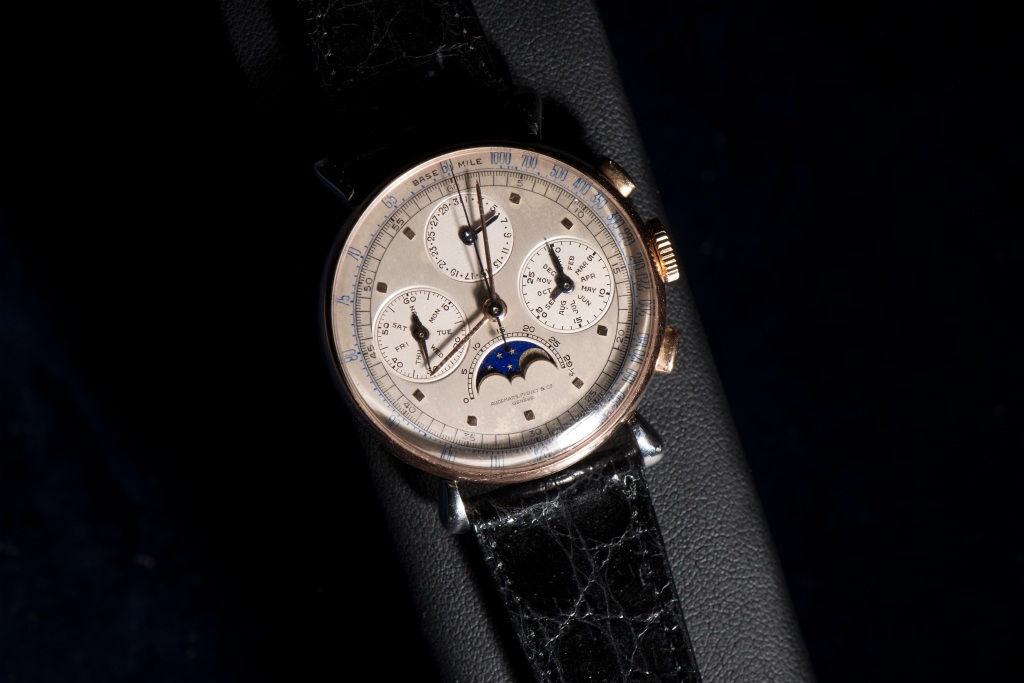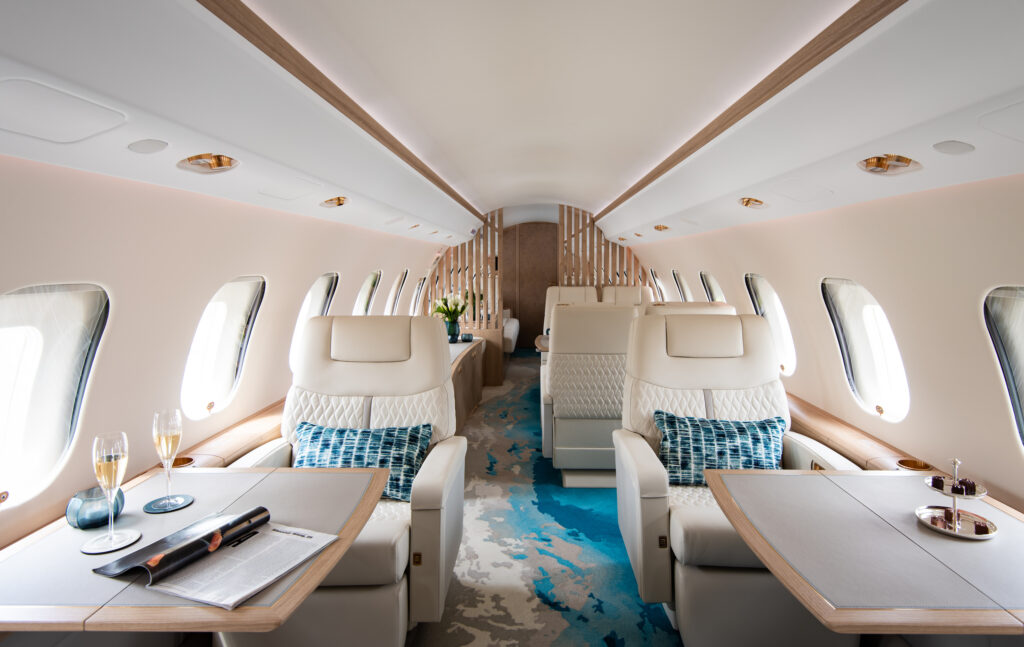As any collector can tell you, luxury watches are much more than a means of telling time. They’re works of high craftsmanship, symbols of taste and status, and, for many, investments that can hold their value and even appreciate over time—as it turns out, even more so than the stock market.
According to a recent report from Boston Consulting Group, per the Wall Street Journal, demand for luxury watches such as Rolexes and Patek Philippes on the secondary market has grown so much that the value of previously owned timepieces has firmly outpaced the stock market since mid-2018. Where the S&P 500 index’s yearly growth rate has been 8 percent over the last four and a half years, the growth rate of used luxury watches has been a whopping 20 percent, with the most popular secondhand watches being the Patek Philippe Nautilus, the Audemars Piguet Royal Oak, and the Rolex Daytona.
There are a few factors that have informed this growth. For one, these watches are simply in shorter supply after Rolex, Patek Philippe, Tag Heuer, Audemars Piguet, Hublot, and other watchmakers temporarily shut down or slowed production amid the pandemic. The report also pointed out that there’s an influx of new, younger buyers who are less “personally attached” to their watches. These new collectors treat watch buying more like the stock market, trading in their models when they see a good opportunity. During the past few years, secondary market retailers have risen to new prominence while social media communities have formed to showcase watches and tout their value as an investment, creating a marketplace of hungry new investors tracking the potential value of their acquisitions.

The younger generations’ interest—both Millennials and Gen Z—in alternative investment strategies is not new, but the performance of previously owned luxury watches as an investment is by far the most successful of recent markets, outpacing investments in handbags, wine, and fine art over the past decade. Where many older buyers still prefer to buy their watches new if possible, younger buyers don’t consider it an important distinction and are happy for their watches to trade hands as many times as needed as long as they can own what they want in the moment. The result is a market that, even amid a correction in 2022, is thriving.







